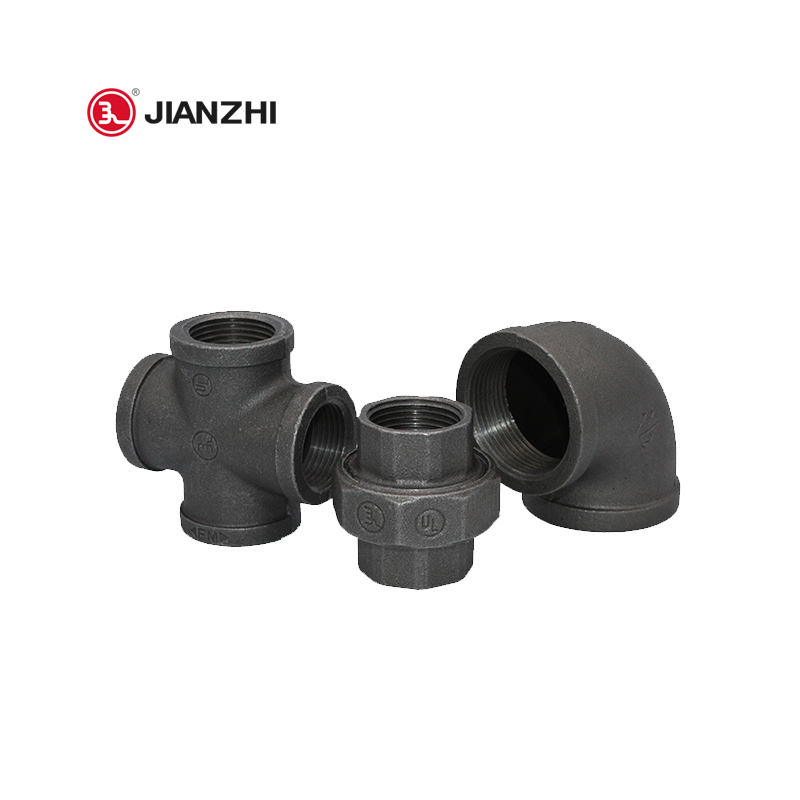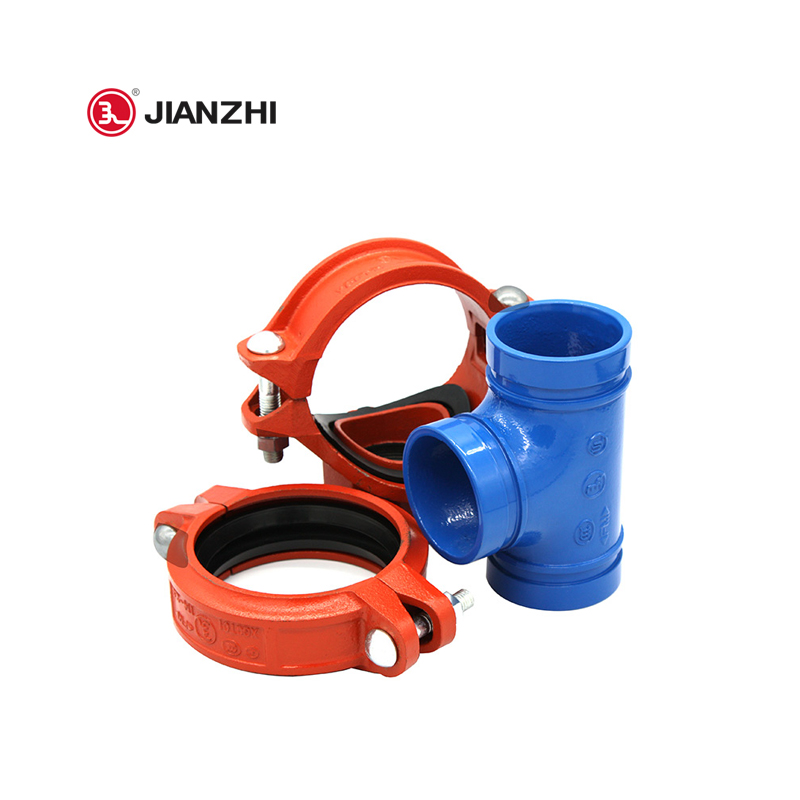May. 23, 2024
Malleable iron and ductile iron are both types of cast iron, but they differ significantly in composition, microstructure, mechanical properties, and typical applications. Here's a detailed comparison:

● Composition: Malleable cast iron is made from black-core cast iron through a lengthy heat treatment process called annealing. Carbon content typically ranges from 2.0% to 3.0%.
● Microstructure: The annealing process converts the brittle cementite in black-core cast iron into graphite clusters in the form of small, irregularly shaped nodules called tempered carbon. This process transforms brittle cast iron into a more ductile and malleable form.
● Composition: Ductile iron, also known as ductile iron or ductile iron, is made by adding nodularizing elements such as magnesium or cerium to molten iron before casting. The carbon content is similar, generally between 3.0% and 3.9%.
● Microstructure: The addition of these elements causes graphite to form globular (ball-like) shapes rather than flakes. This spheroidal graphite structure has significantly different mechanical properties compared to other forms of cast iron.
● Strength: Moderate tensile strength (approximately 50,000 to 90,000 psi).
● Ductility: More ductile than gray cast iron but generally less than ductile iron. It can bend and deform without breaking.
● Toughness: Higher impact resistance than gray cast iron, making it less brittle.
● Machinability: Due to its microstructure, it has good machinability.
● Strength: Higher tensile strength (usually 60,000 to 120,000 psi), sometimes even higher.
● Ductility: Superior ductility compared to malleable iron, allowing greater elongation before fracture.
● Toughness: Excellent toughness and impact resistance for applications requiring high durability.
● Machinability: It also has good machinability, similar to malleable iron, but with better performance in high-stress applications.
● Common uses: Pipe fittings, brackets, hand tools, and parts that require a degree of flexibility but not extreme strength.
● Industry: Pipe, automotive, hardware, and general mechanical applications where moderate strength and flexibility are sufficient.
● Common uses: pipes and pipe fittings, automotive parts (such as crankshafts and gears), heavy-duty gears, agricultural equipment and industrial machinery.
● Industries: Automotive, aerospace, industrial machinery, municipal castings (such as maintenance hole covers), and high-stress applications requiring high strength and durability.

Made from black core cast iron that has been heat treated.
Contains tempered carbon in the form of irregular nodules.
Medium strength and ductility for medium strength applications.
Formed by adding spheroidizing elements to molten iron.
Contains spherical graphite balls.
High strength and ductility for high-strength and high-stress applications.
The choice between malleable iron and ductile iron depends on the specific mechanical requirements and application. Ductile iron is generally preferred for its superior strength and toughness, especially in high-stress environments. In contrast, malleable iron is suitable for applications where good flexibility and moderate strength are sufficient.
SAFER
PRODUCT INFO
ABOUT JIANZHI
TECH DATA
Contact Us
E-mail: sales1@jianzhi-fitting.com
Tel: +86 18698027872
Office In Tianjin:
Heping District, Tianjin, China.
Production Base 1:
Chifeng, Inner Mongolia, China.
Production Base 2:
Tangshan City, Hebei Province, China.
Production Base 3:
Schelei Street,Baicoi City,Prahova County,Romania
Service email: info.ro@jianzhi-fitting.com
Sales email: market.ro@jianzhi-fitting.com
Tel: +40(755)011 849
